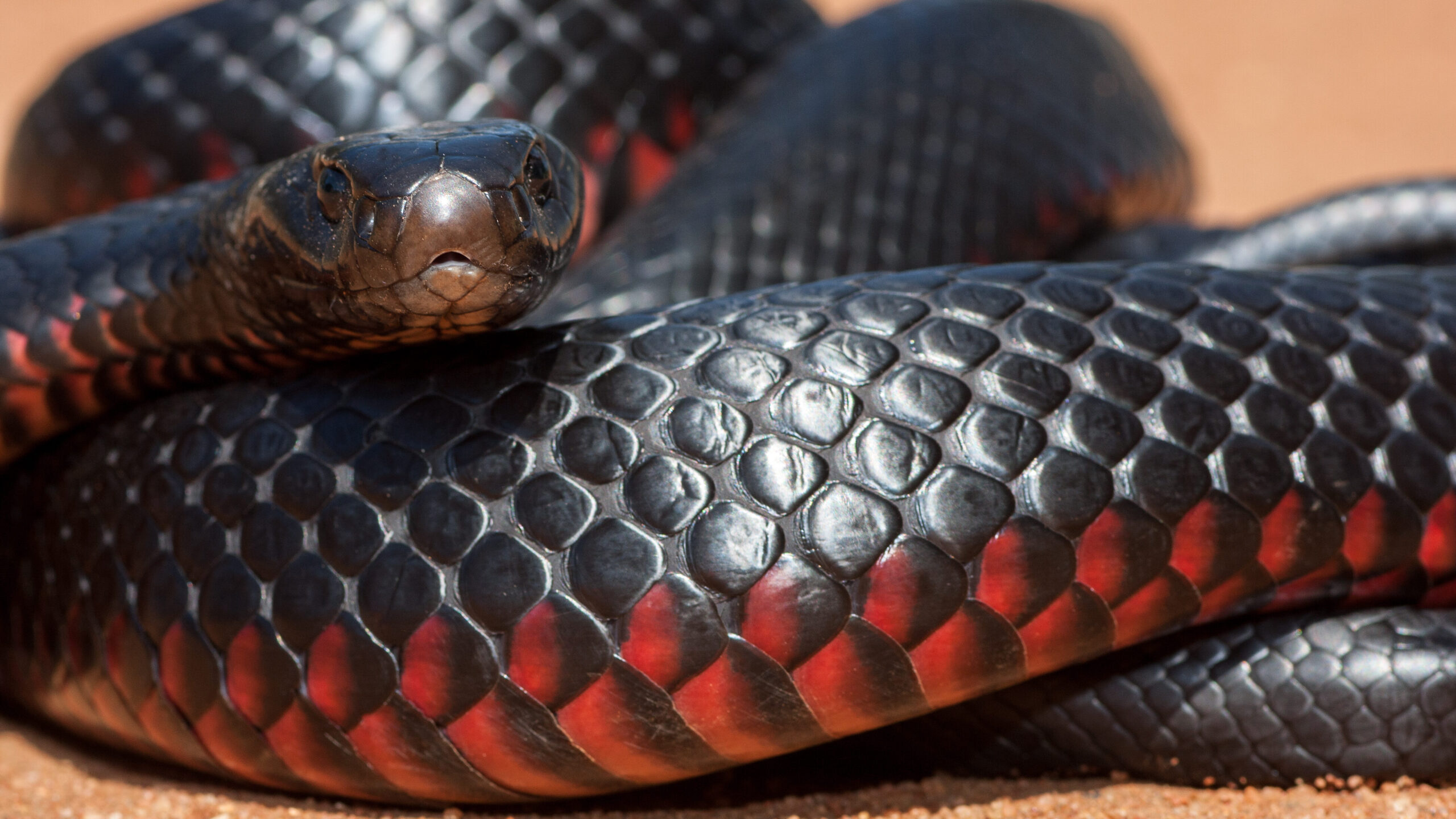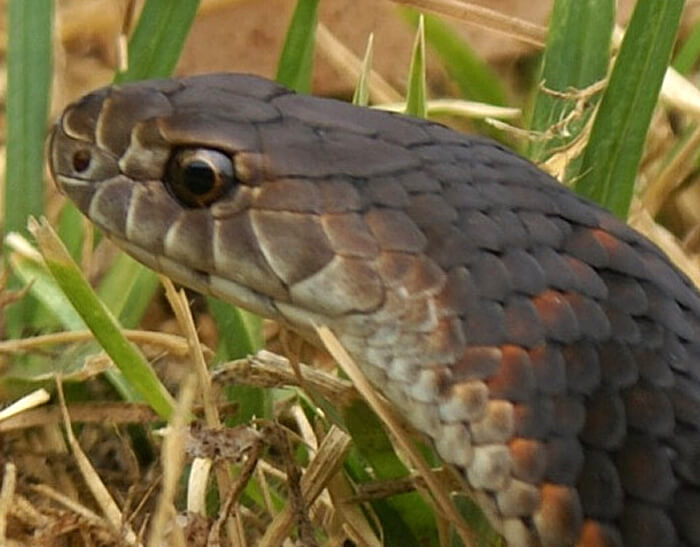Introduction
Australia is famed for its distinct wild animals, including a diverse array of venomous snakes. These animals, while frequently feared, play vital roles in keeping eco-friendly balance. Comprehending the preservation of Australia's venomous serpents and the role that education and recognition play can considerably improve our coexistence with these remarkable reptiles. This write-up checks out different facets of serpent conservation, the relevance of public education, and useful emergency treatment measures for serpent bites.
Conservation of Australia's Venomous Snakes: The Duty of Education and Awareness
In Australia, serpents are an important part of the ecosystem, regulating pest populations and adding to biodiversity. However, numerous types face hazards as a result of habitat loss, climate change, and human activity. The preservation efforts targeted at securing these reptiles pivot significantly on education and raising awareness among the general public.

By notifying people about serpent actions, their eco-friendly value, and safe methods for cohabiting with them, we can decrease fear-driven actions that cause unnecessary killings or injuries. Educational initiatives aid eliminate misconceptions bordering serpents-- such as the typical question: are tiger snakes venomous?-- and urge regard for their function in nature.
The Significance of Awareness Programs
Awareness programs are necessary in changing public perceptions about serpents. Several individuals watch these reptiles as naturally unsafe without recognizing their eco-friendly functions. Public outreach initiatives can consist of workshops, neighborhood occasions, college programs, and details campaigns developed to educate people about:
- Identification of poisonous species: Comprehending which snakes are dangerous assists individuals avoid encounters. Safe behaviors: Training people just how to act around serpents can avoid bites. First aid knowledge: In cases where attacks do take place, being notified regarding first aid for serpent attacks can save lives.
By raising awareness with structured education and snake bite first aid Australia learning efforts, we can promote a society that respects wild animals and focuses on conjunction rather than fear.
Types of Venomous Snakes Found in Australia
Australia is home to several of the world's most poisonous snakes. Right here's a quick introduction:
Tiger Serpent (Notechis scutatus)- Commonly discovered in coastal regions. Known for its potent neurotoxic venom. Frequently seen near water bodies.
- Highly aggressive with potent venom. Responsible for more snakebite fatalities than any kind of various other species in Australia.
- Known for its ambush searching style. Has swift striking rate with very neurotoxic venom.
- One of Australia's biggest venomous snakes. Its bite can deliver huge amounts of neurotoxin.
- Generally non-aggressive however still possesses hazardous venom. Found mainly along the southwestern coast.
Understanding Their Habitats
Understanding tiger serpent habitat is vital for both conservation efforts and public safety. Tiger snakes flourish in areas close to water resources such as swamps, lakes, and marshes yet they likewise live in seaside regions. Shielding these habitats is vital for ensuring the survival of not only tiger snakes yet additionally various other wild animals within these ecosystems.
Habitat Defense Initiatives
Various organizations work in the direction of environment defense through campaigns such as:
- Establishing protected areas Restoring broke down habitats Promoting sustainable land usage practices
These determines not just profit tiger snakes but contribute to general biodiversity conservation.
The Role of Research study in Preservation Efforts
Research plays a critical How to identify Australia's deadliest snakes function in understanding serpent populations and their wellness status. Ongoing studies into the ecology and behavior of Australian serpents inform conservation techniques by providing information on populace numbers, reproducing patterns, and risks dealt with by various species.
Key Research Areas Include:
- Venom analysis Population dynamics Habitat preferences
This study can direct reliable management plans to protect susceptible species while facilitating coexistence with humans.
First Aid for Snake Bites: Crucial Knowledge
One critical facet that intertwines with education and learning is knowing what to do in case one deals with a serpent attack-- a situation that requires instant action skills.
What Every First Aid Set Should Contain
A proper snake bite first aid set need to consist of:
- Compression bandages Sterile gauze pads Antiseptic wipes A splint or immobilization device Emergency contact numbers
Step-by-Step Emergency treatment Treatment for Serpent Bite
Remain tranquility; attempt to limit motion as it might spread out venom quickly. Apply a compression plaster over the bite website without removing circulation. Keep the bitten arm or leg immobilized at or listed below heart level. Seek emergency situation clinical aid immediately.Why Education and learning on First Aid Is Crucial
Educating communities concerning emergency treatment actions makes sure timely actions during emergency situations which can significantly minimize morbidity connected with snake bites across Australia.

Frequently Asked Inquiries (Frequently asked questions)
1. Are tiger serpents venomous?
Yes! Tiger snakes are highly poisonous with neurotoxic results that make prompt clinical treatment essential hoop snakes after a bite.
2. What need to I do if attacked by a baby tiger snake?
Follow criterion emergency treatment treatments quickly-- keep one's cool, incapacitate the limb, use stress above the bite website using a bandage or cloth without restricting blood flow-- and seek clinical help without delay.
3. Just how typical are snake attacks in Australia?
While statistics differ year-to-year due to aspects like weather conditions influencing serpent tasks; ordinary records suggest around 300 cases annually with deaths being fairly uncommon because of better medical responses.
4. Can I treat a snake bite at home?
No! Home treatments such as using ice or sucking out venom are inadequate; specialist clinical attention is essential after any kind of presumed bite incident.
5. What's one-of-a-kind about eastern brown snakes?
They're understood for their hostile nature integrated with powerful venom; they account for most fatal bites in Australia due mainly to their proximity to inhabited areas!

6. What are some usual signs adhering to a serpent bite?
Symptoms may consist of swelling around the bite area, discomfort at or near the website; systemic signs can entail queasiness or problem taking a breath depending upon contaminant type absorbed right into bloodstream!
Conclusion
Conservation initiatives surrounding Australian venemous snakes hinge on efficient instructional strategies that encourage neighborhoods while cultivating respect towards these often-misunderstood animals! By enhancing understanding concerning their environmental importance together with appropriate security protocols-- including emergency treatment understanding-- we pave roadways towards sustainable coexistence benefiting both people & & wildlife alike!
In essence-- the conversation surrounding preservation should continue prospering through aggressive engagement marrying scientific study together with area involvement guaranteeing meaningful effect today & & tomorrow!